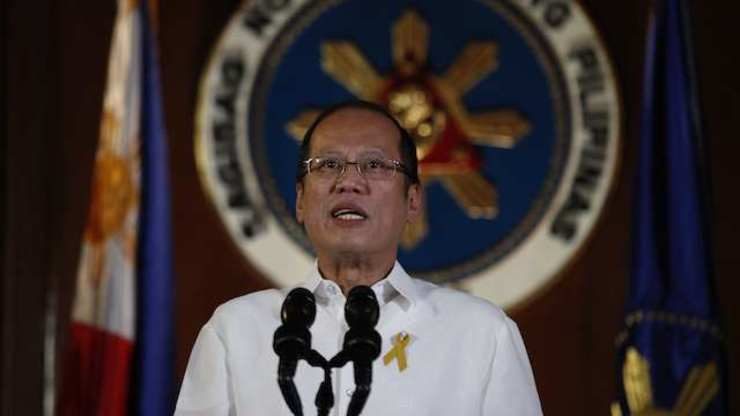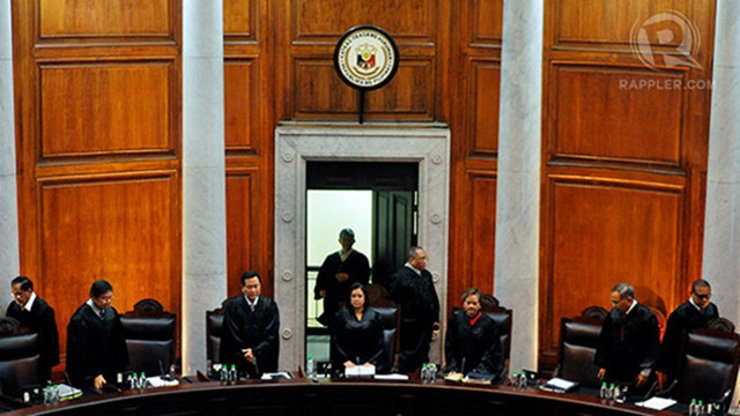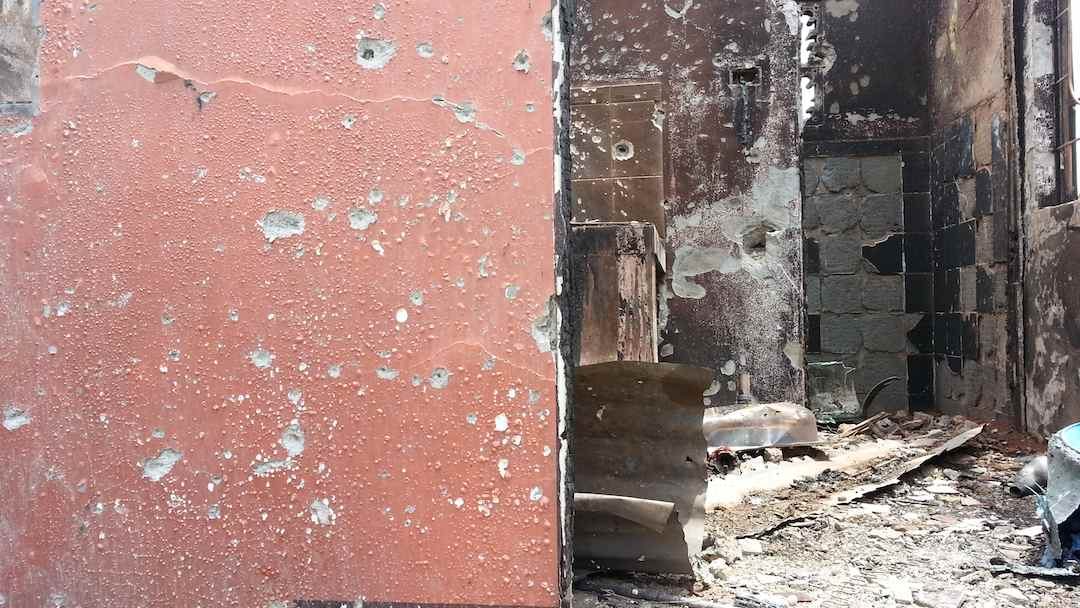SUMMARY
This is AI generated summarization, which may have errors. For context, always refer to the full article.

The details are neither romantic nor dramatic. There is no mad hunt for the Madame and her bathtub of stolen millions. There are no secret meetings at the Senate basement, no wiretapped phone calls to election commissioners, and very little in the way of accusations of plunder and corruption and guns that go bang in the night.
The President’s battle with the High Court is a complicated narrative, difficult to reduce into 10-word answers. Every commentator is compelled to preface criticism with “I’m not a lawyer, but–.” Every telling involves convoluted defenses, definitions of terms and repeated quotations on the separation of powers from Oliver Wendell Holmes. It is, certainly, not a story that fires the national imagination.
Perhaps this is why it was easy – and necessary – for Benigno Aquino III to simplify the narrative, and dictate the terms of good and evil.
This is, after all, a president who took office despite a lackluster Senate performance and a decided lack of presidential charm. It was enough that his father was martyred and his mother was offered as sacrifice. The memory of that long and bloodied struggle – coupled with the brutal decade of the Arroyo administration – ensured this President’s coronation far more than all the glad-handing and political horse-trading. He was the child of the sun in the land of the morning, and the people crowned him king.
It is perhaps because of this that Aquino responds to all criticism with an injured righteousness. His is a government that stands on the side of the angels. All who oppose him have sold souls to the devil.
He complains the media is never on his side, but is proud the people always are. His critics seek his failure, but he serves not them, but the people. Always there is the refrain – the people are my bosses, and I serve them by walking the road of righteousness.
At the soonest possible time
The debate over the Disbursement Acceleration Program (DAP) and the Supreme Court’s subsequent ruling of unconstitutionality, highlights the rhetoric adopted by the Aquino administration. The handful of decisions, with the exception of a paragraph, takes care to avoid calling the administration either corrupt or abusive, instead laying out technical definitions of executive powers.
Yet instead of a studied response to the issue, the Aquino administration came out with guns blazing. It is true his motion for reconsideration is within his rights – although overturning a 13-0 decision seems an unrealistic expectation – but it is his repeated insistence the public “understand” his moral high ground that may just turn unrealistic to impossible.

His blitzkrieg attack against the High Court is a series of righteous homilies, patronizing the court’s “ostensible” knowledge, threatening a constitutional crisis, reducing his chosen Sereno court into a conglomeration of idiots whose years on the bench have distanced them from the very real needs of the people.
His logic is simple. He is a good man, chosen by good people. He stands for reform, and because he does, he stands for the people. The DAP is a mechanism for reform, it has led to benefits for the people, thus all those who stand against the DAP stand against the people. The Supreme Court, therefore, stands against the people.
The President does not, for example, leave room for the possibility the High Court’s protection of the Constitution, whether right or wrong, springs from the intent to serve the people. Neither does it matter that regardless of whether he is a good man with good intentions, the next president granted the same powers may not be a good man, with good intentions. In the world created by Benigno Aquino III, checks and balances are unnecessary for as long as he stands at the helm. This is the core of the Aquino rhetoric, one that is bound to be the foundation of his SONA, a moment his press secretary says has him in high spirits.
It is of course difficult to play hero without a damsel to save, and so the President characterizes the masses as the hapless victims in the battle for morality.
“Any good leader,” he says, “without a doubt,” would choose to implement projects benefitting the public “at the soonest possible time.”
It is a moral argument, an important one. He paints a picture of abject poverty, of a people helpless against disaster and death, of hunger and hopelessness and the millions who look to him for succor.
“My conscience cannot bear this,” he says.
A cloud of flies
It is the best of arguments in a Catholic nation, an infallible point constructed with guilt as its end. Who would want to condemn the millions to suffer? Who would allow thousands to live in danger when there is money in the coffers? How could the high court, whose duty also lies in public service, derail the immediate delivery of services?
And so the President talks about schools he constructed with DAP funds. He talks about urban slums. He talks about disaster relocation and roads and bridges. He talks about lives changed and the urgency of relief.

He makes an emotional, masterful plea, one that makes it difficult to recall that there many are still homeless in Eastern Visayas. Eight months after Super Typhoon Yolanda (Haiyan), after 6,500 estimated dead and millions affected, thousands still live under the rot and stench of leaking tents that swelter in the night and are muddy in the day, where typhoon survivors have died in flames, where women like 35-year-old Rina Bertos live with the children left.
It is Rina who lost her husband and 4-year-old son in the storm, and who in June lost her one-year-old as well to adoption – “for a better life.”
It is a bad life for a small child, she says. The last of the aid from the Department of Social Welfare and Development came in March. There was a promise of bunkhouses and capital, but it is not a promise Rina believes.
Still, the framework for rehabilitation remains unsigned, much of the billions donated still unreleased, still pending at the desk of the President himself. Disaster czar Panfilo Lacson says he is waiting for funds, but says he has submitted the paperwork. Tacloban’s mayor has no funds, he says, but claims he has submitted his assessment.
Aquino is correct. Delaying benefits does “prolong the suffering of the Filipino people.”
Blood from the sky
That same suffering is rife in the stadiums and schools cramped with Zamboanga City’s homeless.

In September 2013, a group of over 400 armed rebels from the Moro National Liberation Front took control of 5 coastal villages, using 150 men, women and children as human shields. At the end of the 21-day siege, more than 120,000 people were displaced, 10,000 homes were razed to the ground, and more than 200 were killed, 12 of them civilians, one of them a 2-year-old baby named Eithan who died with a bullet inside his skull.
Almost a full year after Rio Hondo and Sta. Catalina burned to the ground, the local government reports more than 25,000 of the President’s bosses are still internally displaced. The International Committee of the Red Cross puts the number higher, at 40,000. In June, just last month, a 3-year-old died from illness and malnutrition, his body lying in a small wooden box 3 days after his death. His mother, said the report, did not have the means to bury him.
The city’s health office now lists 147 dead under what watchdogs call terrible conditions in evacuation centers.
There are proposals for livelihood programs and a return to homes and better conditions, but most are stalled by what the Internal Displacement Monitoring Centre calls “numerous bureaucratic barriers.”
Aquino is correct. Any good leader “would want to implement projects that benefit the public at the soonest possible time.”
The moral pulpit
It is difficult to call this anything other than a double standard. The economy may have grown, the World Bank may offer their platitudes, the peace process may have progressed, but the standard the President has set for himself goes beyond singular successes marked on a ledger. Public service by the terms Aquino claims is the delivery of benefits to the suffering masses, as soon as it is possible. Anything less is failure. He can no longer argue bureaucracy as an excuse for failing the victims of the worst humanitarian crises of 2013. He claims, after all, to be willing to sacrifice process for speed.
“Bosses, I promise you, I will not allow your suffering to be prolonged—especially if we could do what we can as early as now.”
This is not, as it may appear, written in opposition of the Disbursement Allocation Program, a program the President is certain to again defend today, as he has defended in speech after speech since the high court’s decision.
This is, instead, written as protest against the arrogance of using the suffering of millions as a moral pulpit. The premise is sound, but its soundness all the more emphasizes the hypocrisy.
Tie a yellow ribbon
The DAP may have created a library for Congress and funded vehicles for the Commission on Audit, but presidential logic has not justified why these are more important than, say, feeding the starving of Navotas. There are many and repeated examples of failed delivery of services, as well as priorities lost because of the DAP – including airport renovation for Aquino’s much-vaunted tourism agenda – that have been discontinued to create what appears to be arbitrary savings.
Aquino can dismiss criticism from the middle class. He can accuse the High Court of neglect. He can condemn the media for creating a circus out of a good-intentioned program meant to serve the people. He can lecture and demand and accuse, but the one thing he cannot do is demand his bosses to tie yellow ribbons, particularly on the week he is required by law to report why he has continued to “prolong their suffering.”
This is a story that was neither romantic nor dramatic, but it is one that the President has reduced to good and evil. Today a woman named Rina scrubs at the mud inside a drooping tent in San Jose, Tacloban, with one less baby to watch. Today the parents of a dead boy named Eithan look overseas, unable to find a future in a blackened Sta. Catalina.
Today, the President will address the nation. He is a good man, this President. He says so himself. – with reports from Joseph Suarez and Aiah Fernandez / Rappler.com
Add a comment
How does this make you feel?
There are no comments yet. Add your comment to start the conversation.